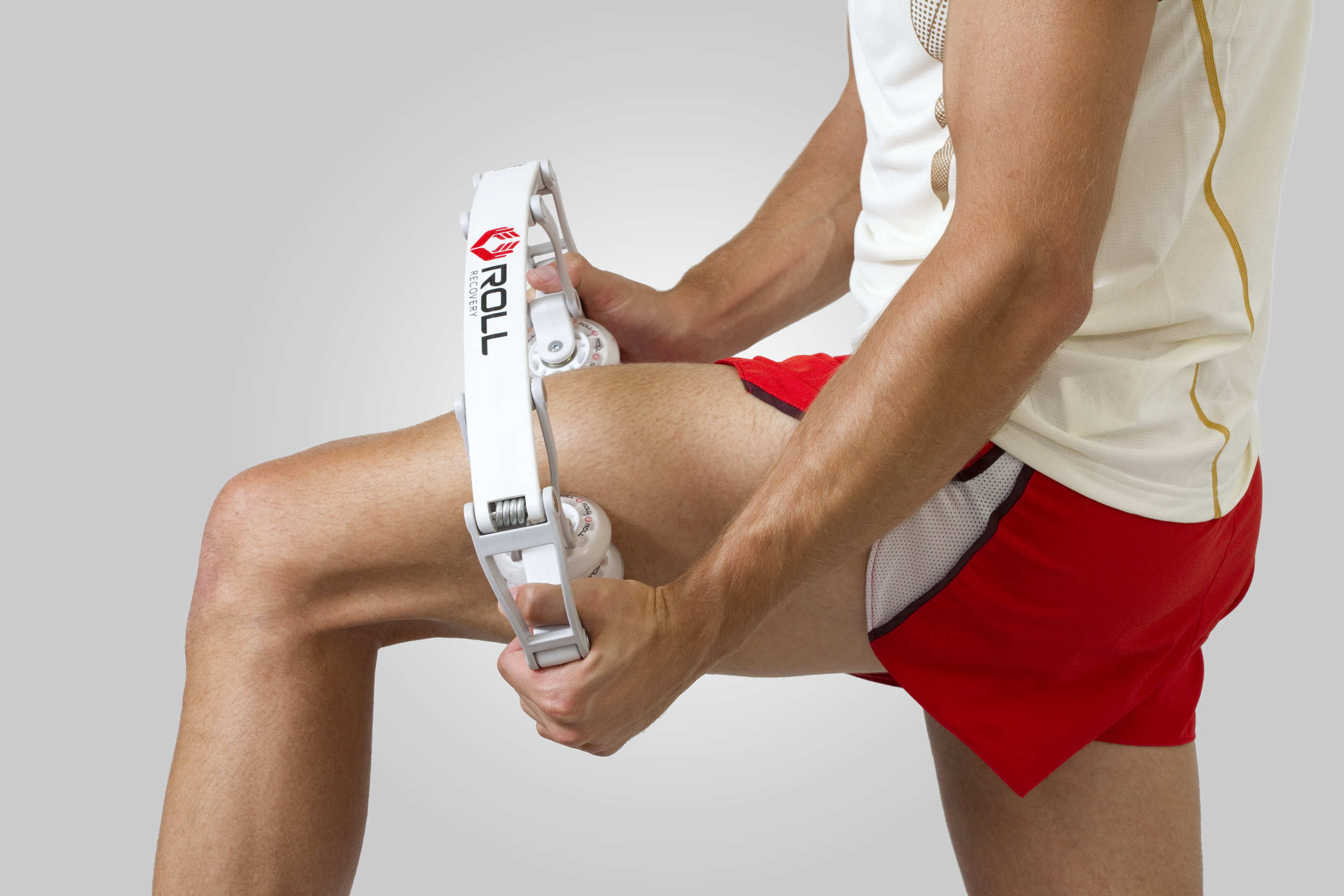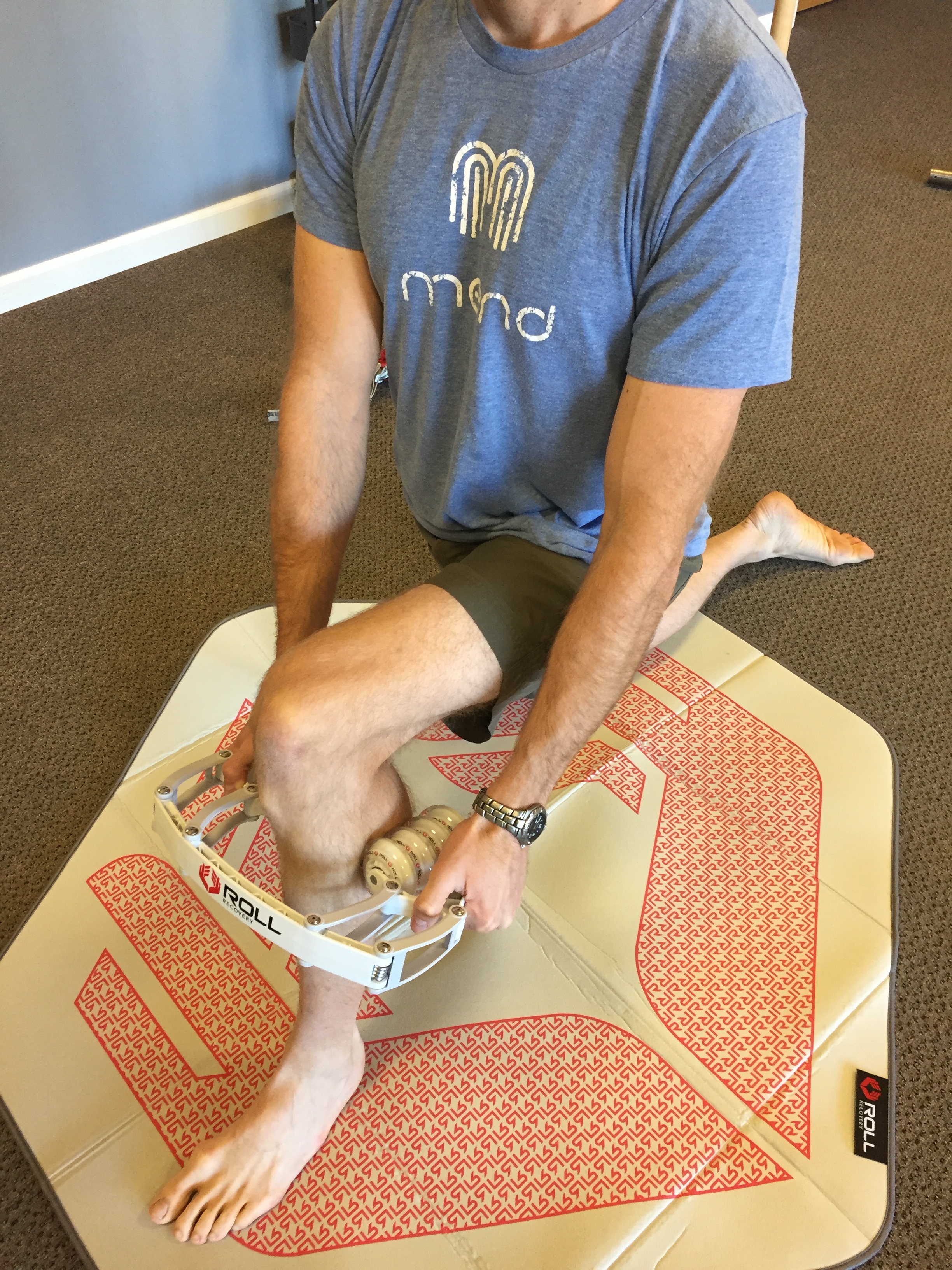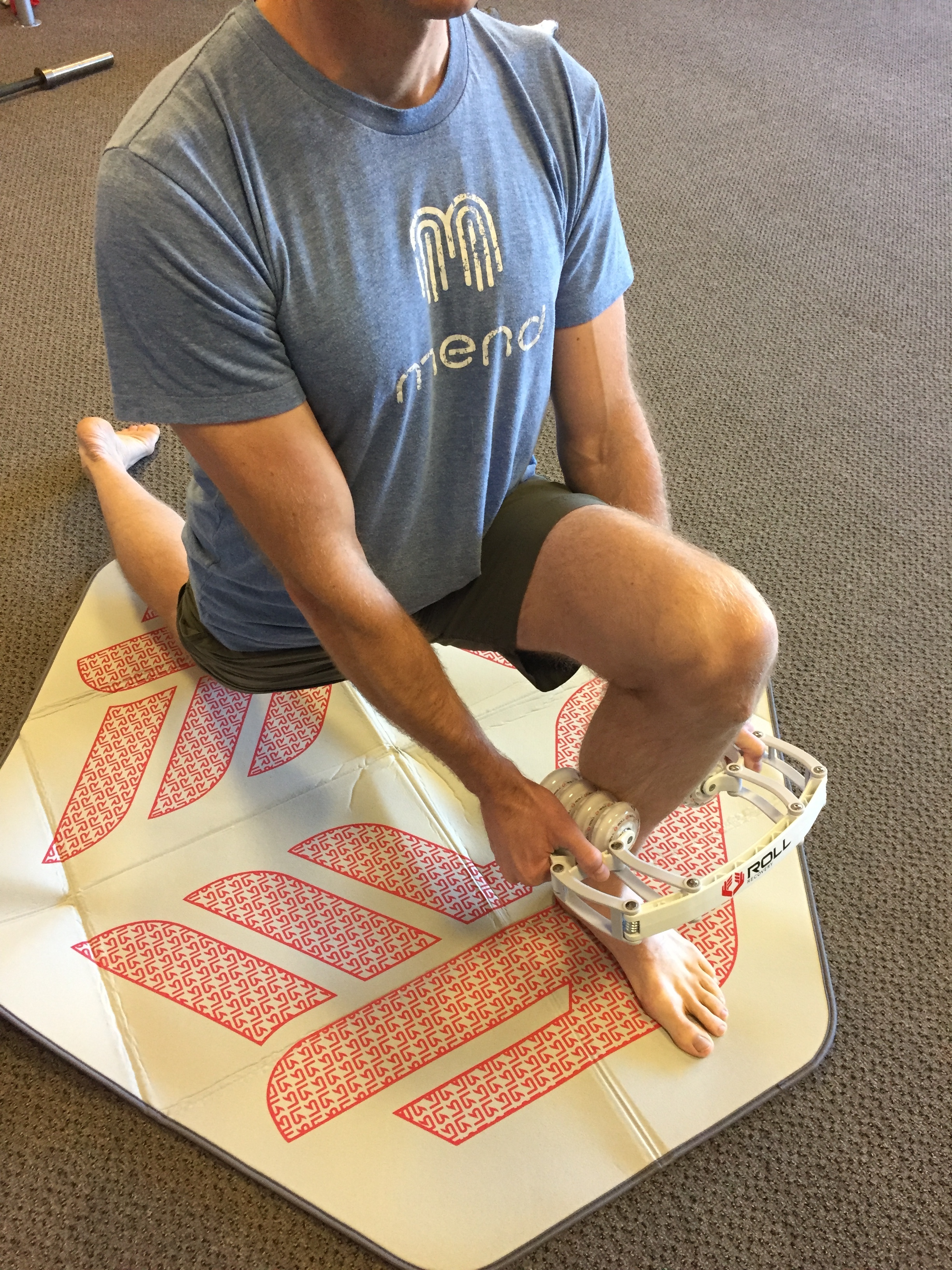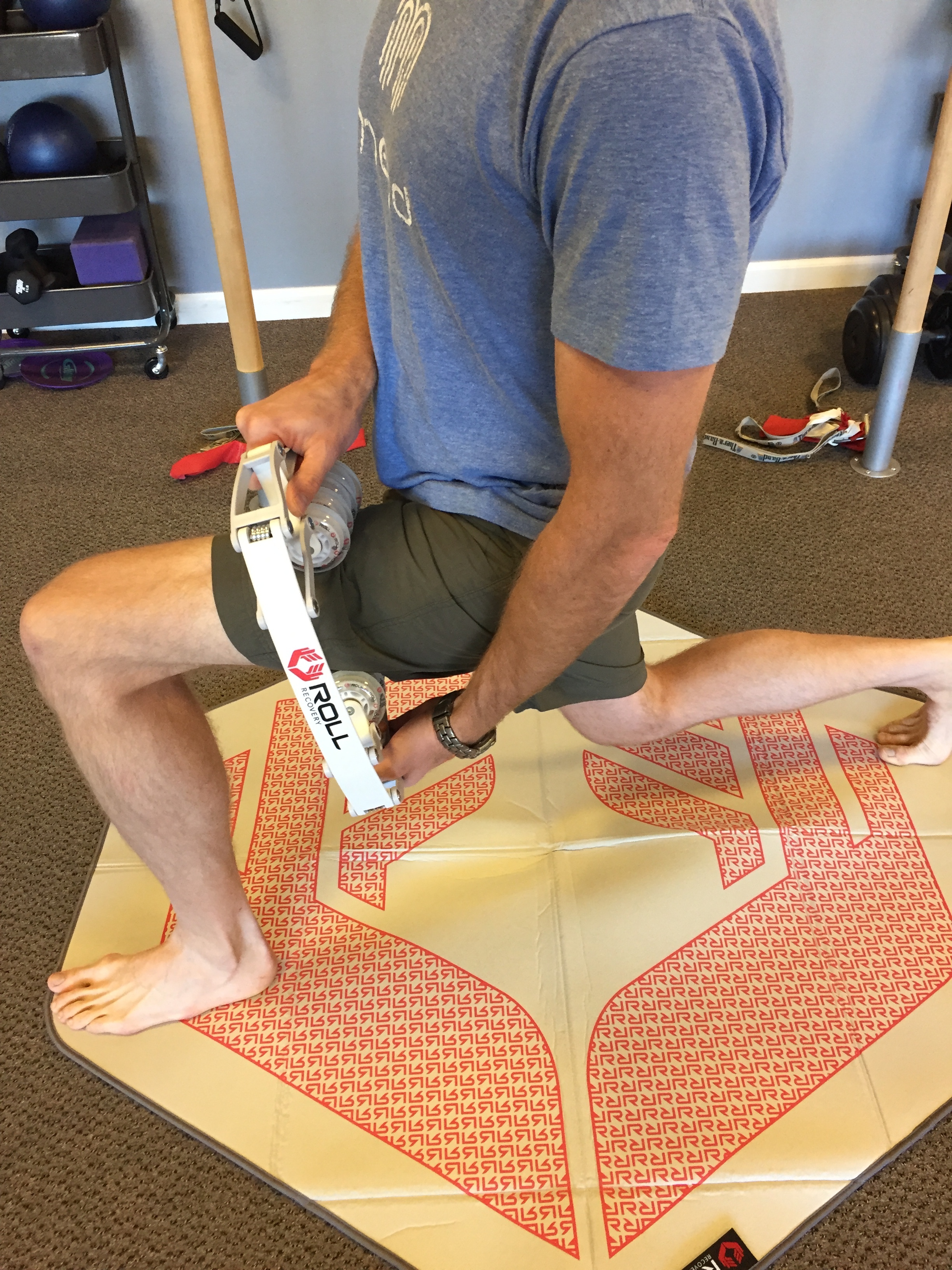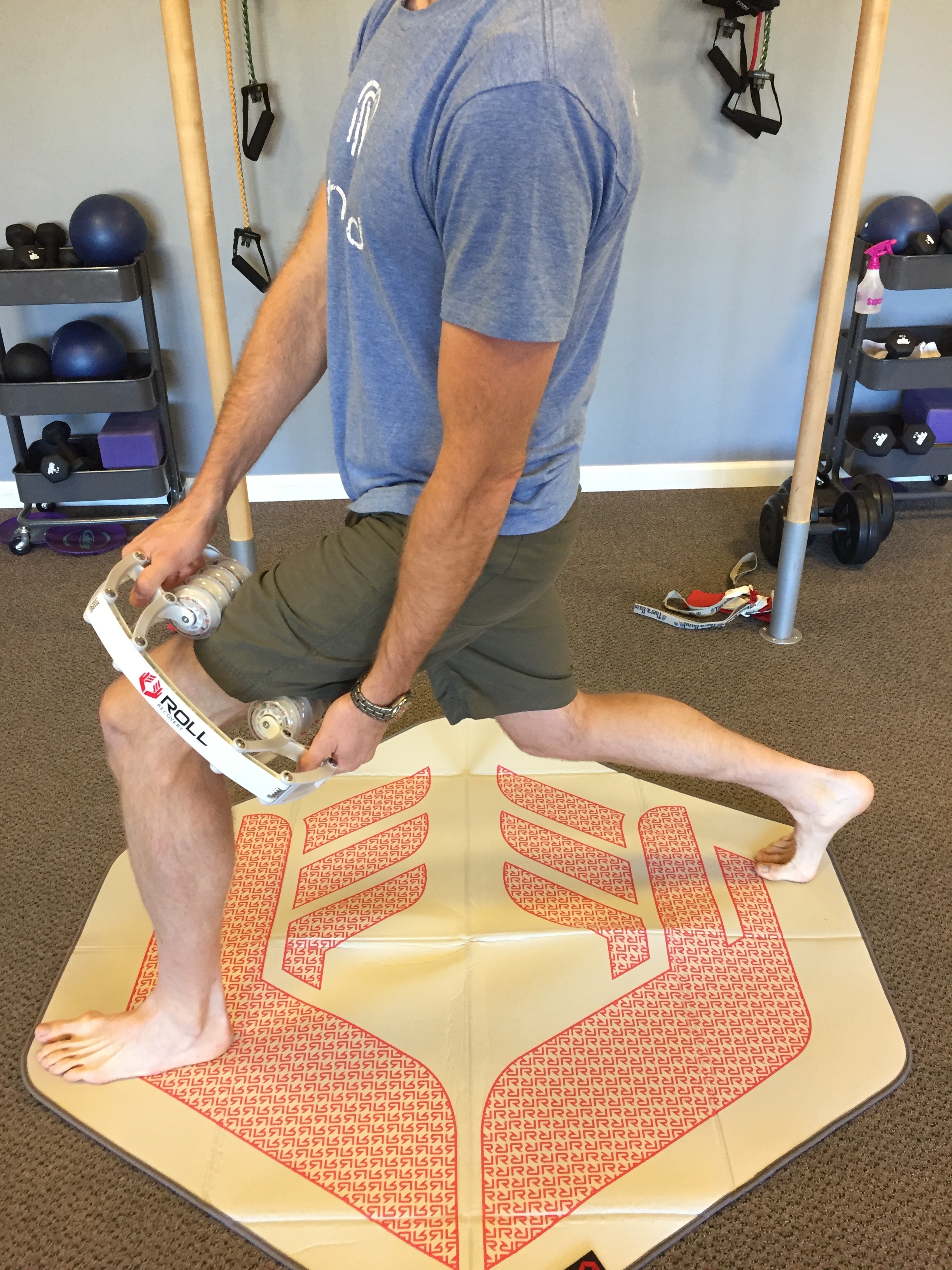Photo Credit: Rollrecovery.com
The warm up is an essential element of any strength and endurance training session. Starting your workouts with a proper warm up prepares your body for the upcoming demands of exercise, improves performance, and reduces your risk of injury. In prior decades, warm ups consisted of brief aerobic activities followed by static (prolonged hold) stretching of major upper and lower body muscle groups. As the scientific research on warm ups developed over the past decade we have come to better understand the detrimental effects of prolonged static stretching (>20 seconds) on upcoming athletic performance.
Prior research has shown static stretching reduces sprint and distance running performance, decreases running economy and jumping performance, as well as, impairs strength testing. Conversely, dynamic stretching involving short duration multi joint movements has been shown to reduce injury risk and improve performance in endurance and team sports. These dynamic movements should closely mimic the demands of the athlete’s sport to assist in preparing the muscles and nervous system for optimal performance.
Underlying this performance improvement is a phenomenon called post activation potential (PAP). PAP describes the improvement in the muscular and nervous systems’ ability to communicate, contract, and perform immediately after brief, repetitive contractions of the given muscle. An example of this phenomenon includes the use of a plyometric program where an athlete performs a larger jumping movement after a smaller preparatory jump. The first jump primes the muscles and nervous system to produce a better performance on the second jump than would be possible with a single isolated jump.
A second key area of our warm up should include foam rolling. The repeated, short duration pressure applied by rolling equipment has been shown to improve mobility. The mechanism behind this improvement is thought to be due to an improvement in the stretch tolerance of the muscle. By reducing or eliminating the muscle’s signals to the nervous system to stop the pressure or stretch we are subsequently able to move through a greater range of motion. Recent research highlights the benefits of working with a roller to both augment the effects of a dynamic warm up and improve recovery after training.
Scientific research in this area has highlighted the benefits of combining foam rolling and soft tissue mobilizations with dynamic warm up activities. Athletes who performed soft tissue work on major upper and lower extremity muscles prior to performing dynamic, multi joint movements performed better than their peers who performed a dynamic warm up alone. The soft tissue work likely allowed the participants to move through a greater range of motion during their dynamic warm up augmenting the effects of the dynamic movements alone. Athletes are encouraged to perform their warm ups after foam rolling to maximize performance.
Foam rolling and soft tissue mobilization should also be incorporated after workouts due to their positive impact on muscle recovery. A recent review article in the International Journal of Sports Medicine examined the impact of foam rolling on range of motion, delayed onset muscle soreness, and performance (Cheatham et al. 2015). The 14 combined research articles supported the use of foam rollers to improve short-term flexibility and range of motion. Importantly, unlike static stretching, rolling was not found to have any detrimental effects on future muscle or athletic performance and can be used safely before training or events. When used after a challenging workout rolling may accelerate recovery by reducing delayed onset muscle soreness and improving ensuing muscle performance. Athletes should strike for 2-3 bouts of 45-60 seconds on affected muscle groups followed by gentle, static stretching for optimal cool downs and recovery.
In summary, the foam roller and soft tissue mobilization tools are quickly gaining in popularity as essential warm up and cool down tools. Utilization of this equipment has been shown to reduce pain and soreness, improve flexibility and recovery, as well as increase sports performance. Athletes are encouraged to utilize this equipment as part of their daily training programs.

